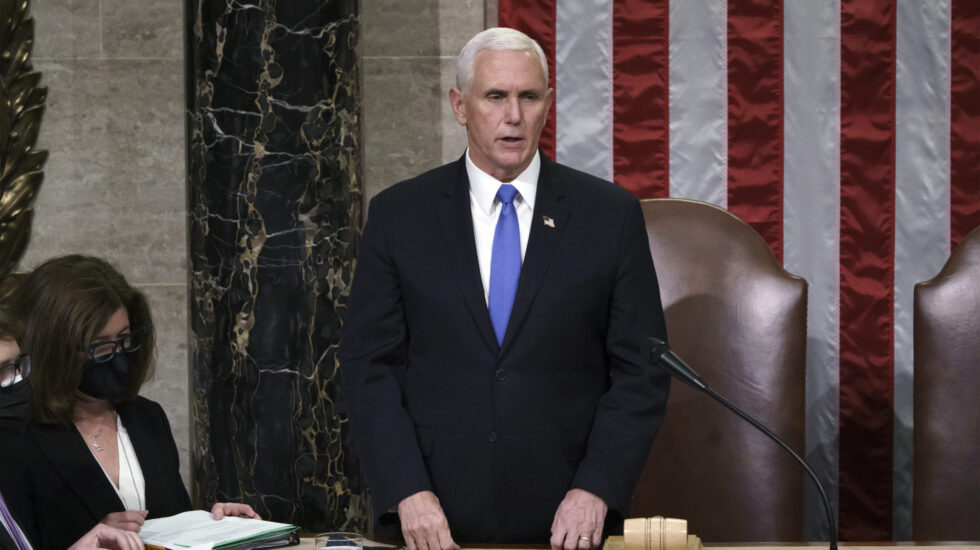In 2020, Donald Trump lost Arizona, Georgia, Michigan, Nevada and Wisconsin.
But Republicans in each of those states submitted fake electoral certificates to Congress indicating, falsely, that Trump had won each contest. The scheme was part of the wider effort to overturn Joe Biden’s election.
(Republicans in Pennsylvania and New Mexico also submitted documents attesting to Trump’s win in each of those states, but they were clearly marked as valid only if a court overturned Biden’s victories there.)
On Tuesday, Michigan Attorney General Dana Nessel told The Detroit Free Press that the submission of the fake ballots indicated “there’s a conspiracy that occurred between multiple states.”
Nessel said she’s confident she has enough evidence to charge the sixteen Michiganders who signed the bogus document, but she added that “it’s a better idea for the feds to pursue this.”
Writing in The Bulwark, columnist Philip Rotner agreed with that sentiment, explaining:
These phony certifications were not isolated, one-off events. They were highly coordinated. A single glance at the five phony certificates shows that they are nearly identical in format and text, right down to the fonts. The strong implication: Somebody somewhere was running this show.
The involvement of top Trump administration and campaign officials in this effort looks deep and wide. It’s the job of the January 6th House committee and (hopefully) the Department of Justice to put together all that information, and presumably journalists will continue to dig into it.
In his piece, Rotner bemoans the DOJ’s lack of public progress on pursuing charges against the Trump supporters who signed the fake certificates.
While it may be understandable that the Department of Justice needs to conduct a sweeping, time-consuming investigation to fully comprehend the depth and breadth of the larger conspiracy to overturn the 2020 election, no complex investigation is needed to prosecute the specific, standalone crimes committed by those who signed and transmitted the fraudulent elector certificates. It’s not as if we don’t know the identity of the culprits—the signers of the fraudulent certificates are all identified on the face of the documents. The individuals who transmitted them to the federal government signed their names to the transmittal memoranda. It’s all right there, wrapped up in a nice, tidy package that can be cut and pasted straight into an indictment.
It’s as if the feds had perfect audio and video recordings of a heist, plus signed confessions.
If the DOJ ultimately declines to press charges related to the fake ballots, Nessel, the Michigan Attorney General, said she’d consider picking up the case. She points out that the statute of limitations on the crime is six years and she’s happy to pursue accountability, even if its delayed.



